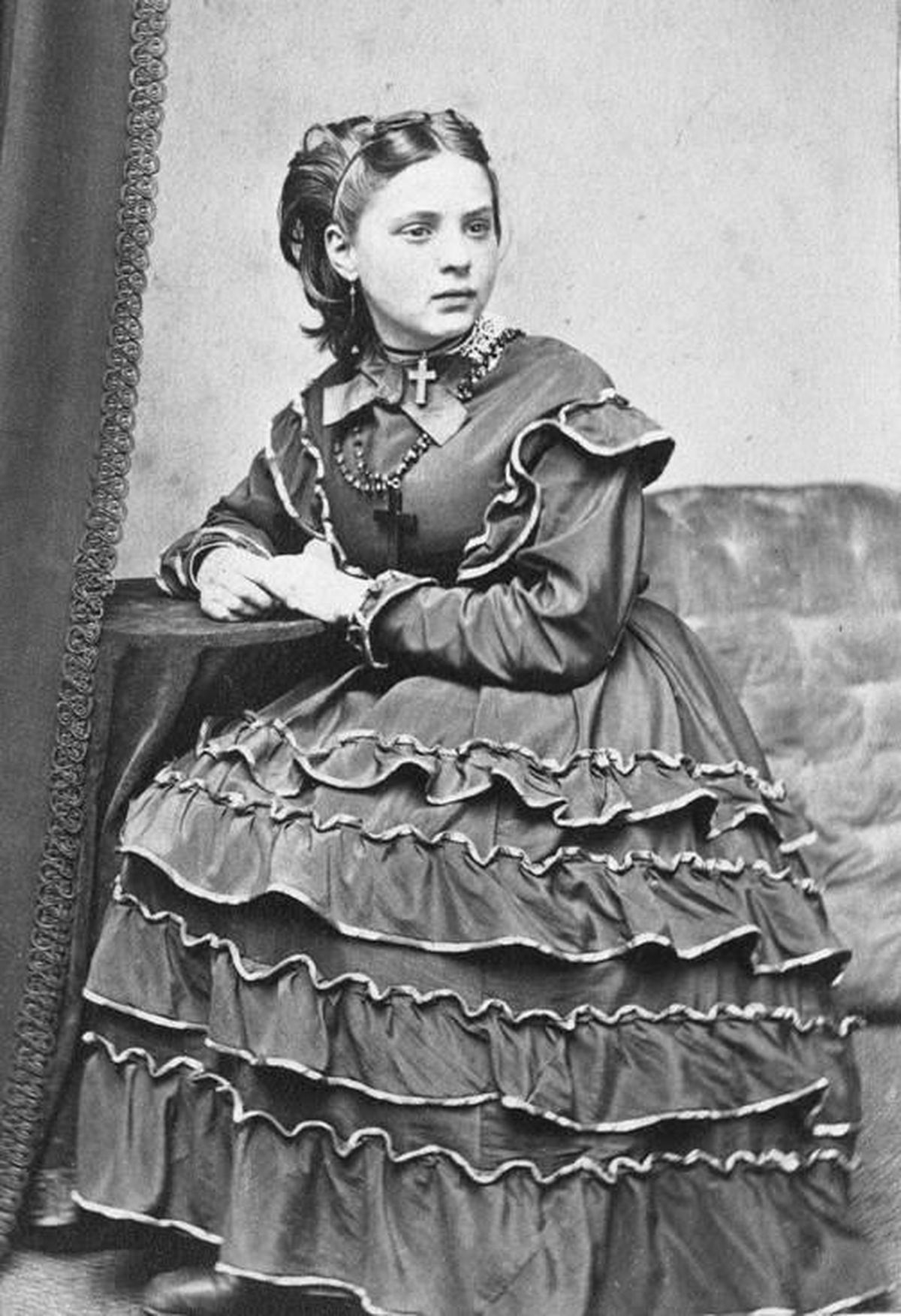‘Show Town’: New history book examines Spokane theater life at turn of the 20th century

George is originally from Southern Idaho, and she and her husband left Seattle for Spokane in 2006. They lived here for three years, which is when George was in the middle of a doctoral dissertation about the way cities in the late 1800s used performing arts as a tool for promotion.
“I was really interested in urban promotion in this era. So I started with that,” George said. “And when we moved to Spokane, I thought, ‘Spokane will be one of the places I study,’ because I was planning on doing a comparative study of four cities.”
Upon researching Spokane history in the Northwest Room of the downtown library, George, who is now an editor of the Utah Historical Quarterly in Salt Lake City, realized Spokane was going to be her main focus. “Show Town” is the result of four years of research, during which George pored over newspapers, City Council meeting minutes, city directories, court records, census reports, oral histories and genealogical information.
The book examines several social and cultural rifts in Spokane in the late 19th and early 20th centuries. It explores the dichotomies between so-called “legitimate” theater and popular but raucous variety theaters, the tastes of general audiences versus theater critics and the social divide that developed between the city’s cultural elite and the working class who drove the city’s economy.
Spokane’s premiere “legitimate” theater at the time was the Auditorium, erected by J.J. Browne and A.M. Cannon at Main Avenue and Post Street in 1890. (The building was demolished in 1934.) The theater quickly became Spokane’s main cultural hub, and its local and touring productions attracted large audiences.
“Theater provided Spokanites with both a source of metropolitan pride and a degree of western rawness,” George writes. “Settlers often wanted to prove that their new little town could uphold eastern standards of civilization and respectability; they wanted family and associates to know that theirs was a decent place where decent people lived, not an outpost in the wilderness.”
This may have been a facade, however, because it turns out that Spokane audiences mostly flocked to the kind of shows that the Spokane Chronicle decried as “idiocies and indecencies.” One of the most amusing passages in “Show Town” involves the arrival of famed actress Sarah Bernhardt, whose dark, French language performance confused and alienated a Spokane audience expecting “local gags.”
“The upper crust maybe weren’t as highbrow as they thought they were,” George said. “They really tried to seem genteel. I think that’s what might surprise readers, how much they hated the Wild West image. In Spokane before the 1910s, it was not a badge of honor to be Wild West.”
The big moneymakers in town were the so-called “variety theaters,” where gambling, drinking, burlesque and prostitution were common. The theaters’ reputations were analogous, George writes, to those of modern-day strip clubs, and their popularity represented the country’s “shift from Victorian to modern ideals.”
“They were lowdown,” George said. “There were these huge political fights about them every year, from about 1890 to 1908. If there was an election season, there would probably be a fight about variety theaters. They had a lot of money coming in, but then it made Spokane look trashy.
“Spokanites were torn between their desires to comply with images of middle-class propriety and their desires for profit,” George writes, and the era’s concern about “errant womanhood” runs throughout the book. “Respectable” women, it seems, were the ones in the audience at the Auditorium, not on the stages of variety theaters.
Consider the local judge who dismissed May Wrenly, a performer at Spokane’s Comique variety theater, for “(inviting) men to treat her as a sexual object” when she reported that a customer had roughed her up. Another Comique performer, Ollie Dolan, killed herself with an overdose of morphine, which the press portrayed as “the penalty for her dissipation.”
George says the women of the era, especially those who worked as actresses, performers and barmaids, are really the heart of “Show Town.” She relates a scene involving actress Frances Slosson, who refused to wear scarlet tights with a costume because “the sight of a full female silhouette … had erotic appeal” in the early 1900s. Another anecdote involves Jessie Shirley, a beloved stock company actress, who railed against evangelist Billy Sunday’s assertions that theater was a cesspool of amorality.
“I wanted them to be real people and not stereotypes,” George said. “I felt driven to understand the women in the variety theaters, and that was hard to get a picture of those women. … I hate that one-dimensional look at them. However they got into drug use or the fast life, they’re people. That was a little mission for me.”
“Show Town” concludes as vaudeville and moving pictures become the entertainments of choice, and many of Spokane’s drama theaters were eventually converted into movie houses at the dawn of the ’20s. But the city’s early theater scene, with all its contradictions and controversies, provides contemporary readers with a clear view into the preoccupations and predispositions of the city itself.
“I hope (readers) learn about the city and the times,” George said. “There are so many stories in turn of the century Spokane that make it a really fun place to study.”